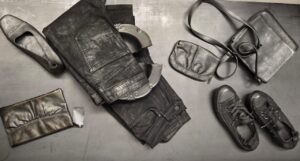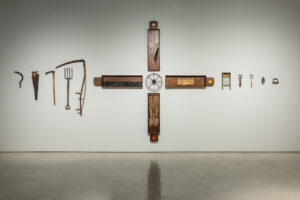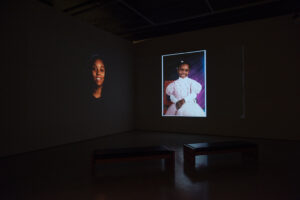As a young woman, Rody Kenny Courtice (1891-1973) was one of the first women to enter Toronto’s prestigious Ontario School of Art, now the Ontario College of Art and Design. Her teachers included members of the Group of Seven, which in the 1920s was the most avant-garde art movement in the country. In 1931, she was even invited to exhibit her work with the Group of Seven. By that time, however Rody Kenny Courtice was growing in another artistic direction.
Rody Kenny Courtice: The Pattern of Her Times explores the career of one woman artist among many who were involved in the emergence and maturation of modernism in Canada. The exhibition, accompanied by an extensive full colour catalogue by curator Linda Jansma, documents Coutice’s experience as a painter and frequent participant in group shows wih other women artists, notably Isabel McLaughlin, Yvonne McKague Houser, Paraskeva Clark, and Dorothy McCarthy. The culmination of her constant association with other artists came in the exhibition 4 Women Who Paint, shown in Toronto in 1948. Years later, Courtice would be the first woman artist invited to participate in an exhibition of Canadian abstract art.
Courtice’s work ranged from whimsical to the abstract. It testifies to the talent and ambition of Canadian women painters between the wars, and to their almost complete erasure from art history.
Rody Kenny Courtice: The Pattern of Her Times is organized and circulated by the Robert McLaughlin Gallery, Oshawa, with the support of the Department of Canadian Heritage MAP program.





